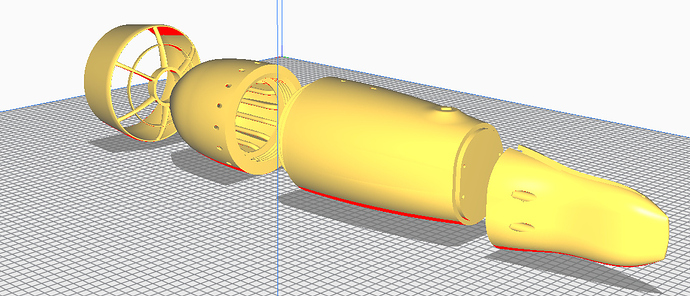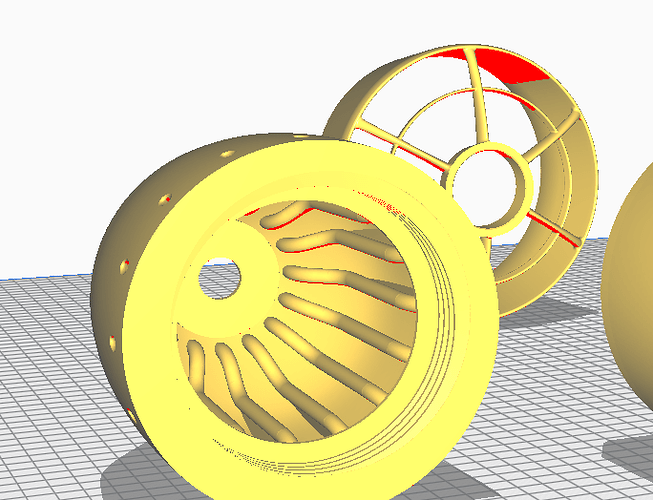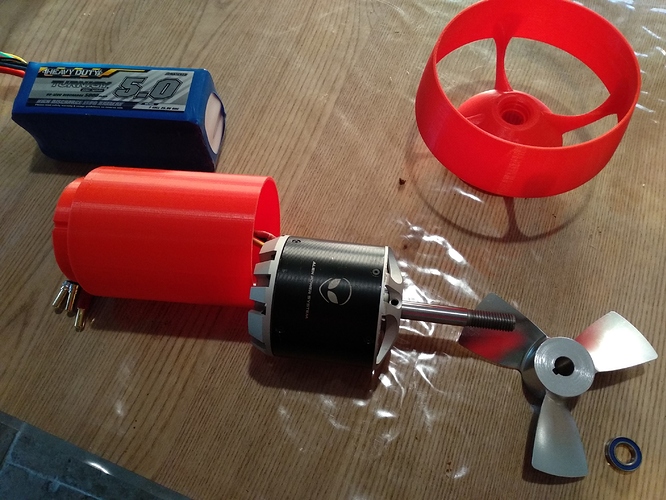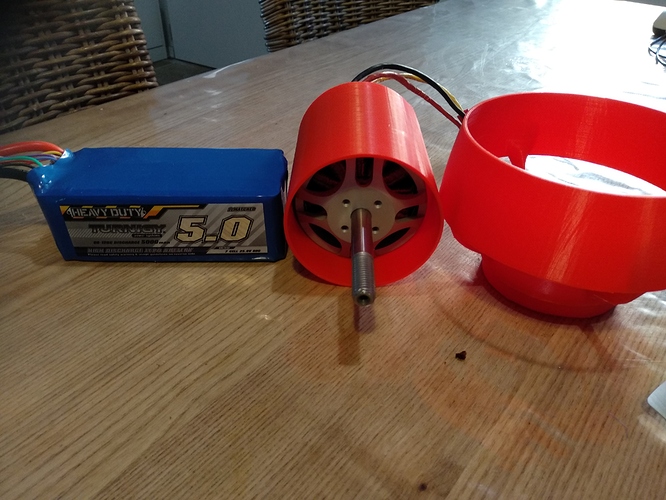Did not mean to be harsh and fully agree testing sheds some light but to interpret the results from bollard pull to useful data for flying with a foil, is a challenge.
- Yes but the result is probably not applicable in the " real world" application, the achieved rpm might not be the same due to so different hydrodynamic conditions in a "static" situation. RPM and power requirement is depending on the load(heavy vs light rider) and
a bollard pull situation is not even close to foiling condition. The foil drag is a reality, and each propeller will react differently to each foil profile, do we really need the information given without the foil drag?
- Again Yes, but that will be the strongest grunt in bollard pull, no guarantee this is applicable when the propeller is working on a actually moving object.
For sure testing is worthwhile, especially for the electronics much safer to test how it can take the loads. But can You really predict real world performance in this type of application based on bollard pull is another story.
Let me give an example. For simplicity using an 5hp outboard engine (Petrol or electric) on a light foil boat. You do 3 different bollard pull test’s.
-
using the high pitch prop: 7.5 X 9
-
using the high thrust prop: 8.4 X 6
-
using the high thrust prop: 8.4 X 6 but adding a rice profile nozzle around the propeller.
No doubt the best bollard pull result will be option 3 and the worst for option 1. Rpm I dont know, pending on cavitation, but will probably be different in each option. So now we have hypothetical test result.
For a slow going heavy sailing boat, option 3 will be best. For a light foiling boat, option 1 will be best, this for foiling speeds. To get the boat up on the foil, option 2 or 3 might be better but thereafter the 9 pitch prop works better.
So for lighter boats/boards a better bollard pull result might predict a worse actual performance, however this is not always the case, can be the other way around also…Just saying using bollard pull results for propeller optimizing to predict real world performance on light relative fast boats is a huge challenge. There is a reason why its called "black magic of propellers …







